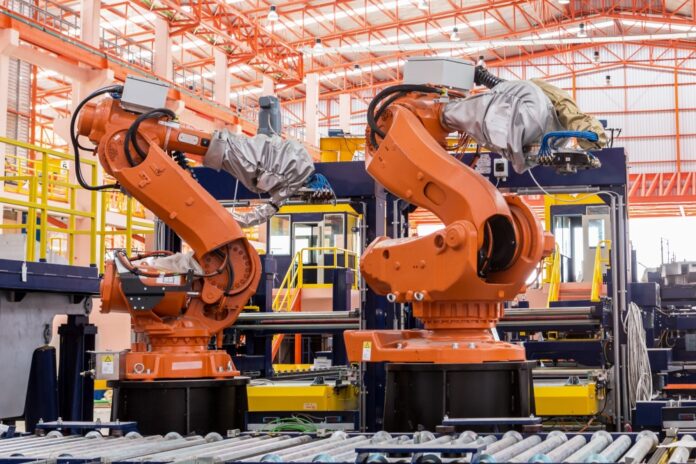
Juniper Research finds smart factories are becoming reality, and will account for 60% of IoT connections worldwide.
A new study from Juniper Research has found that the global number of Industrial IoT connections will increase from 17.7 billion in 2020 to 36.8 billion in 2025; representing an overall growth rate of 107%.
TAKE OUR SHORT IoT SURVEY AND ENTER THE DRAW FOR £50 AMAZON VOUCHER
The research identified smart manufacturing as a key growth sector of the Industrial IoT market over the next five years, accounting for 22 billion connections by 2025.
The new research, Industrial IoT: Future Market Outlook, Technology Analysis & Key Players 2020-2025, predicted that 5G and LPWA (low power wide area) networks will play pivotal roles in creating attractive service offerings to the manufacturing industry.
Concept to reality
They will also turn the concept of the ‘smart factory’ into reality, relying on real-time data and high connection densities to support autonomous operations. 5G to Maximise Benefits of Smart Factories The report identified private 5G services as crucial to maximising the value of a smart factory to service users, by leveraging the technology to enable superior levels of autonomy among operations.
It found that private 5G networks will prove most valuable when used for the transmission of large amounts of data in environments with a high density of connections, and where significant levels of data are generated.
In turn, this will enable large-scale manufacturers to reduce operational spend through efficiency gains. Software revenues to dominate The research forecasts that over 80% of global Industrial IoT market value will be attributable to software spend by 2025; reaching $216 billion.
Essential software
Software tools that use machine learning to deliver better data analysis and identify network vulnerabilities are now considered essential to connected manufacturing operations.
Research author Scarlett Woodford noted: “Manufacturers must exercise caution when implementing IoT technology; resisting the temptation to introduce connectivity to all aspects of operations. Instead, manufacturers must focus on the collection of data on the most valuable areas to drive efficiency gains.”


